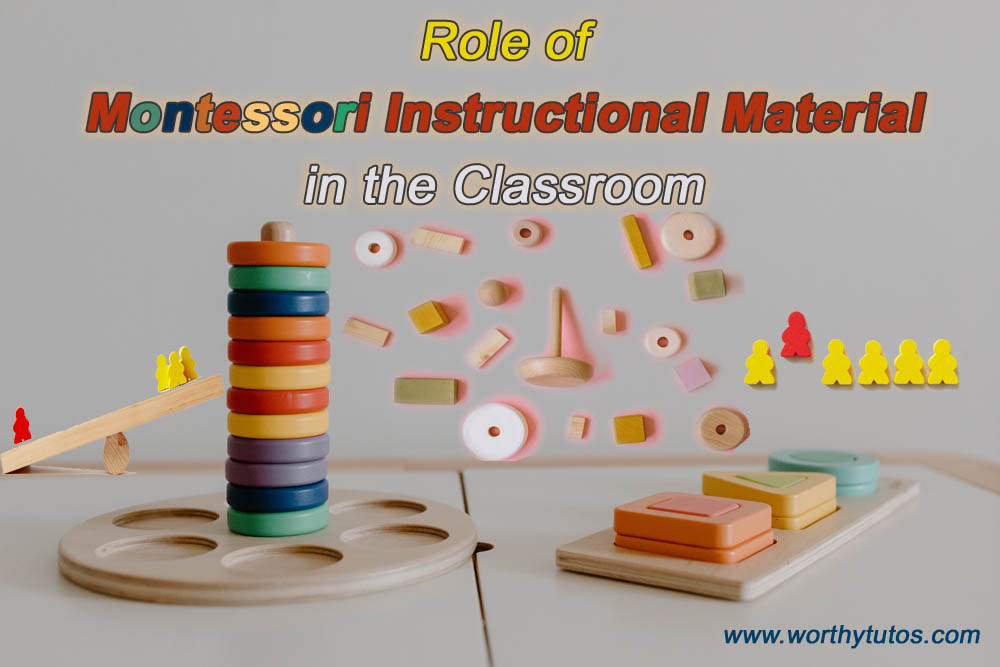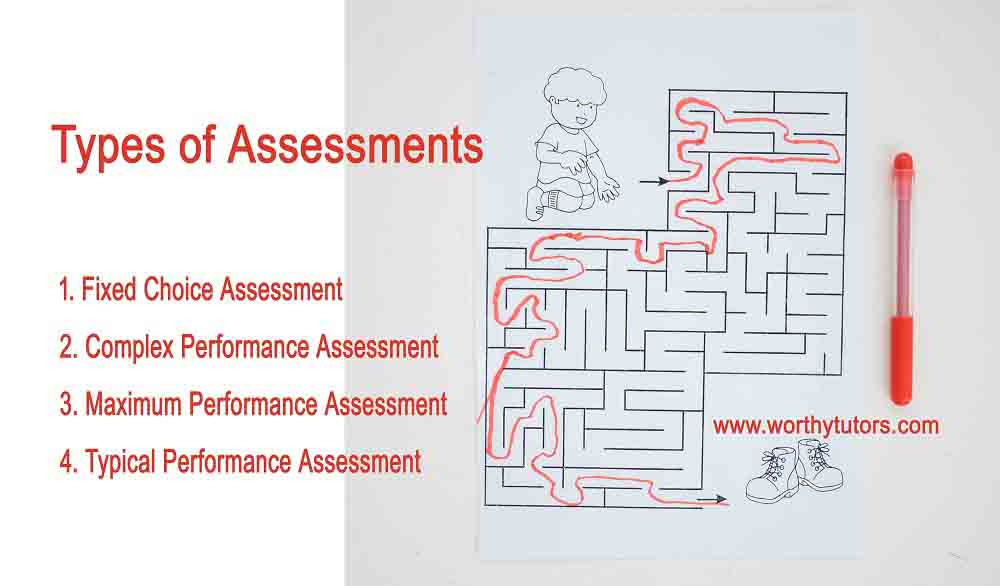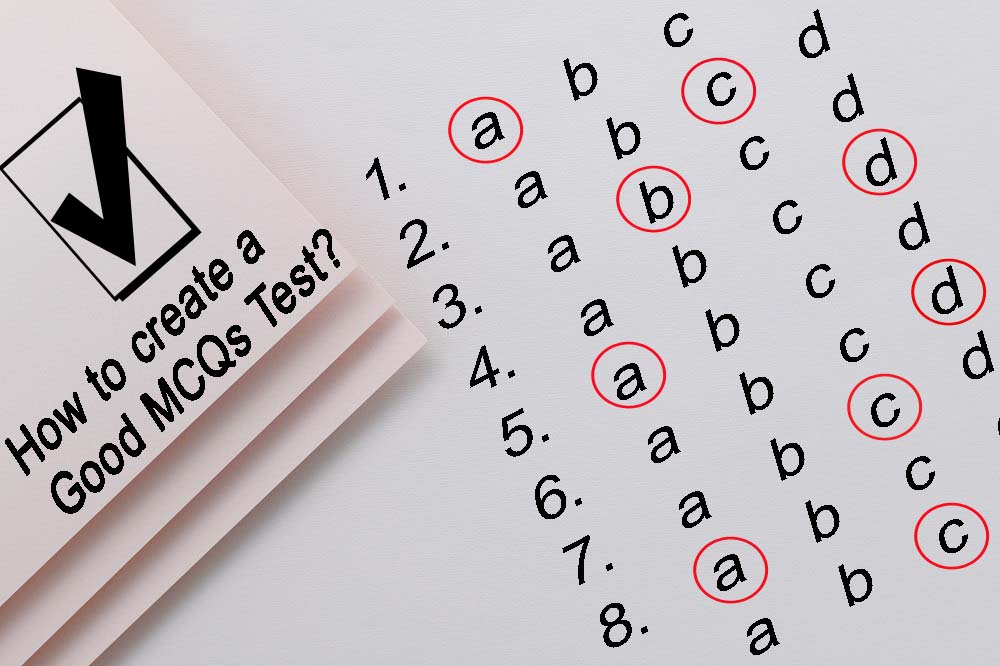
Role of Montessori Instructional Material in the Classroom
The Montessori Method is an educational system in which children receive hands-on projects. They learn skills and develop abilities by learning through Montessori instructional material. This system encourages the children to do lifelong learning. In this article the benefits of Montessori education are discussed.
Montessori material allows children to uncover important learning outcomes via repetition and practice. Each lesson plan focuses on teaching a single skill at a time. The purpose of its creation is to encourage independent learning and problem-solving in children.
Montessori instructional material stand out for their well-organized learning guidance. There are many different materials available to learn from, but the bead chain, arithmetic boards or charts, and bead frames are the most popular in Montessori classroom. This system is known for developing many skills in children.
Montessori material importance in learning mathematics
BEAD CHAINS
Bead chains are a common thing in a Montessori classroom. The majority of classrooms include a bead cabinet, which keeps a variety of beads and bead chains. These chains can be applied in a variety of lessons that progress from simple addition and counting through advanced algebra.
For more advanced students, bead chains are especially helpful for teaching the base-ten number system and the relationships between numbers and their squares and cubes.
ARITHMETIC BOARDS
Addition and multiplication boards have a variety of uses for teaching math. That is why Montessori education use arithmetic boards. These chart boards provide a visual representation of the connections between numbers and mathematical operations. Working with these boards helps kids remember sums and products of basic equations quickly. It helps the arithmetic to make more sense to children
BEAFRAMES
It makes the children familiar with decimals. It teaches the power of decimals and their uses. Students can explore the ideas of place value, decimal place, and numerical powers using a bead frame. It is comparable to an abacus. When students discover that they can utilize the bead frame to solve difficult equations, they are excited.
Montessori material importance in learning the language
The majority of the materials in a Montessori classroom are related to language. Language learning is a critical first step in future learning. It takes a lot of effort to develop skills for writing and reading
Development of important skills such as hand strength, coordination, and precision, is fundamental. It goes on to cover the intellectual capabilities required for reading comprehension and spelling. Montessori education also develops the physical abilities required for writing.
DEXTERITY MATERIALS
The youngest students begin their study of language by hearing others read to them. This helps in developing the skills needed to write. Watercolor painting, handling scissors and silverware, manipulating hooks and locks, and other activities and Montessori material help students improve dexterity.
Students may experiment with a variety of materials and motions thanks to tools like the dressing frame. They help them to quickly develop their physical abilities.
SANDPAPER LETTERS
Students get familiar with letter and alphabets at early age. They are a part of Montessori instructional material. Sandpaper letters are used to distinguish between consonants, vowels, and key sounds that are not described by single letters. Each letter of the alphabet is made of sandpaper and is attached to a square tile.
Distinct colored tiles present consonants and vowels, while third color represents important sounds. Students begin to understand the letter shapes, sounds, and differences among groups.
MOVEABLE ALPHABETS
The movable alphabet expands on the sandpaper letters’ themes. For each letter, multiple representations are saved for youngsters to identify from previous work. They are to create words from the letters. The color coding of consonants and vowels remains, but the student must now mix the letters to form words on their own.
Montessori material importance in Sensorial
In a Montessori classroom, the sensorial section focuses on lessons and activities that help to develop the five senses:
- Seeing
- Hearing
- Touching
- Tasting
- Smelling
Lessons and activities in the sensorial part of the school assist students in clarifying, categorizing, and understanding the world around them.
The following is a list of some of the teachings found in each category:
The Pink Tower
It assists a kid in developing a three-dimensional concept of size. This includes training on visual perception and dimension awareness, both of which lead to a knowledge of size in the environment. The Pink Tower also aids in the development of a child’s motor activity.
Brown Stairs
Children become aware of size differences by Brown Stair. All ten blocks are the same length, yet they differ in length and depth. This material teaches both the eye and hands to distinguish and compare between wide and narrow.
Knobbed Cylinders
This Montessori material helps children to differentiate between objects. This material mainly refers to the senses of touch and sight. The material is made up of ten distinct cylinders with ‘knobs’. They are used to hold each object with a pincer grip.
Red Rods
Red Rods’ direct objective is to improve the child’s visual and muscle awareness of length. Secondary goals include improving the kid’s movement coordination and assisting with concentration.
Geometric courses of Montessori material assist children to strengthen their visual judgment of shape and form. A youngster also develops the capacity to observe progress from concrete to more abstract forms while learning the various figures.
Some of the other instructional material includes:
- Geometric Solids & Bases
- Binomial Cube
- Trinomial Cube
- Constructive Triangles
Cultural activities
The Montessori classroom provides a vast space for cultural activities. They are fascinating to students. Montessori education divides the cultural area into several categories, including botany, zoology, geography, history, music, art, and general science. The Montessori instructional material fascinate the children. It intrigues them to explore and learn more about the world around them.
Practical Life
The activities in the Montessori classroom help the child gain independence and skills in practical life. It is ideal for both Montessori classroom teachers and parents who want to teach their children using the Montessori instructional material
Montessori education materials have the following benefits:
- It provides hands-on learning
- Enhanced social interaction
- Provides better learning environment
- It develops soft skills
- It provides independence
This educational system allows children to participate in activities, lessons, and experiences. It expands their knowledge and help them grow as individuals. All of these things give students the opportunity to develop their concentration.
Enhanced Social Interaction
The majority of Montessori classes are mixed-age, with the goal of developing friend groups. This allows children to learn from one another, speak with one another, and improve life skills such as acceptance and incorporation.
Learning Environment
Working with older children allows younger children to improve their social, communication, leadership, and emotional abilities. This method is equally beneficial to kids of all ages.
Soft Skills
Several studies have found that Montessori nursery students have better soft skills when compared to other children their age. They show better behavior and a greater willingness to cooperate and interact with other children.
Independence
Montessori education provides a sense of confidence and creativity. It promotes students’ knowledge and skills such as self-assurance, freedom, and confidence in their abilities. Montessori education teaches students to be capable of managing and thinking freely.
Overview
Montessori instructional material is beneficial to children of all ages. It allows kids to develop skills and explore from a very young age. Students who learn through Montessori material are researched to be more confident and creative. For parents, this instructional course is what they need for their child. It develops such skills that helps children to be future leaders or successful persons. Happy reading!
You Might Be Interested In
Difference Types of assessments



Thanks for the thorough explanation. It helped me understand it
A good read!!